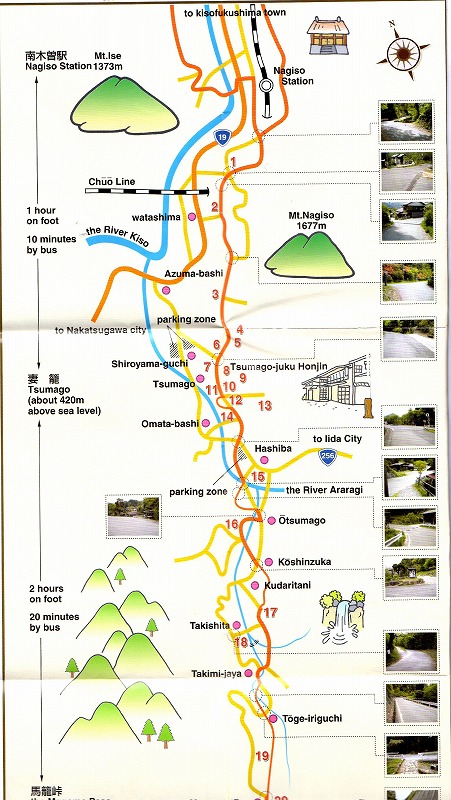 |
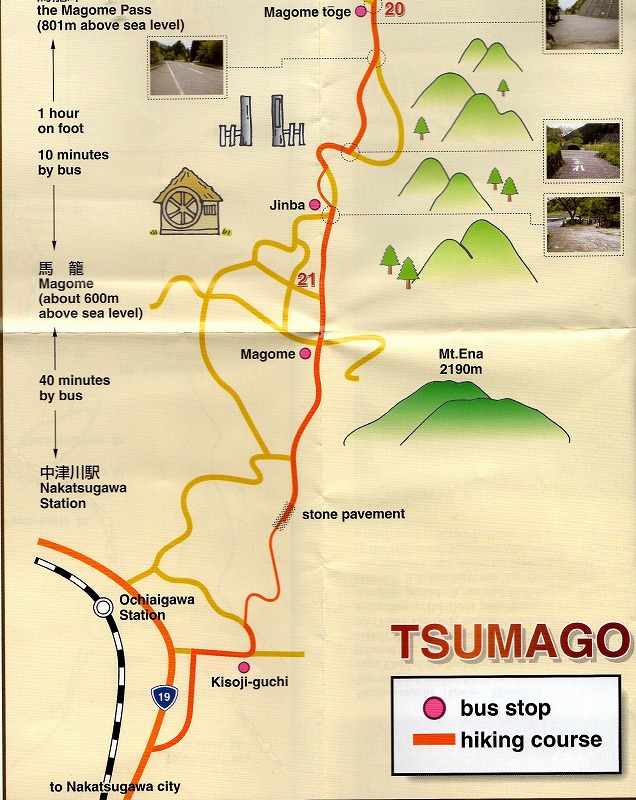 |
srtl`fn
ΘβΔh
 |
 |
| P | j| if @@l f@ j |
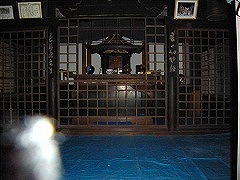 |
s
@
@hf
neral@@
@q@rC hx@jC@@ @f @bC @ @ @ @ @@@@ @ @ @@ @j@@il@@j|j In 1180 he was given Permission to attack the Heike Clan. His plan was to travel northwards passing through Hokuriku into Kyoto and in 1183 he was successful in becoming a shogun (general), if only for a short time. Before his departure to Kyoto, he erected a citadel at Tsumago to guard the Kiso district against attacks from the south. He prayed for victory by removing the image of the Kannon (Goddess of Mercy) from the top of his Kabuto(helmet). The small temple of Kabuto kannon was built on this spot. The general might have even sat down on the stone nearby. |
| 2 | Ichi-ri-zuka ( a "milestone") |
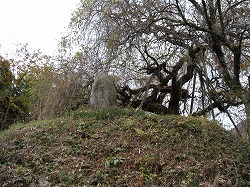 |
In the Edo period there was a "mound" placed every one ri (a unit of distance , about two and a half miles ) to tell the travelers how far they had traveled. |
| 3 | Tsumago-jo-ato, "Shiroyama" (the ruins of Tsumago Castle ) |
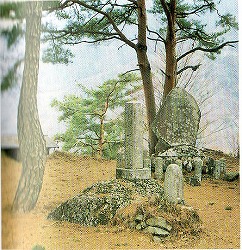 |
From here (521m, above sea level ) one can enjoy a panoramic view of Tsumago. To the South is Midono and to the North, and directly below the River Kiso flows down from the plains. Standing on the top of the mountain one can easily imagine the strategic value of this spot in days gone by and the struggles for power. The origins of this castle are vague . However, it is recorded that a fierce batlle took place here in 1584 , at the time of the "Komaki and Nagakute War" (in Aichi prefecture). |
| 4 | Koi-iwa (Carp rock) |
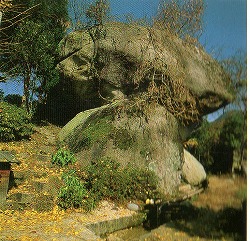 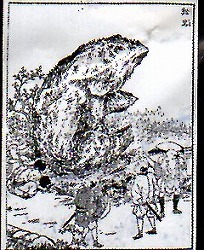 |
This rock resembled the carp to such an extent that it was featured in
an old book entitled Famous Places of Kiso-ji (1805) ,but unfortunately
the rock was damaged during the violent earth quake which occurred in 1891. Several houses nearby have been restored to their former state . |
| 5 |
Kuchidome-bansho -ato (watchhouse ruins) |
A watchhouse once stood on this spot; its purpose was to survey the trees
taken from the Kiso district . It was built some time during the Tensho
period (1573-1592) . However , ten years after Kisofukushima was designated as the main check-point for the whole line of the Nakasendo (highway) . the watchhouse was reoved farther south to Kudaritami . |
|
| 6 |
Gokosatsu-ba (notice board) |
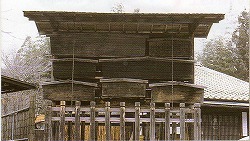 |
A notice board proclaimig the laws and prohibitions of the Tokugawa Governnment . It has been restored to its original state(1711). |
| 7 |
Waki-Honjin Okuya |
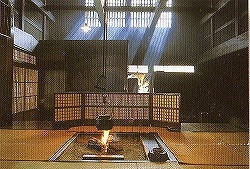 |
|
| 8 |
Tumago-juku Honjin |
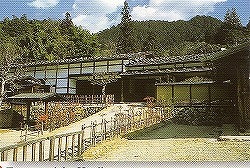 |
|
| 9 |
Ginmokusei |
Registered as a natural treasure (protected species) of Nagano Prefecture
since 1968. |
|
| 10 | Kanko-annai-jo (Tourist Information Office) |
||
| 11 | Masugata |
In order to provide a better defence against the enemy the road was intentionally constructed to turn at a right angle , or masu-gata . | |
| 12 | Enmei-Jizo (Guardian deity for childrens ' longevity ) |
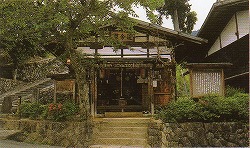 |
A sleeping image of Jizo , carved on a large stone , was found in 1810
in the nearby River Araragi . Since that day a festival has been held here
every April . |
| 13 | The Kotokuji Temple |
This temple was founded in 1500 , the main deity was added in 1599 . The main building , with a singing floorboard , was donated by the old master of the waki - honjin " Okuya " in 1725 . Here is a unique o-kago ( palanquin ) with wheels , devised by the old priest himself . | |
| 14 | Terashita-no-machinami | 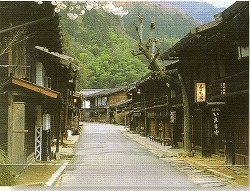 |
|
| 15 | Sekichu-no-dohyo (stone guide post) ir @rj |
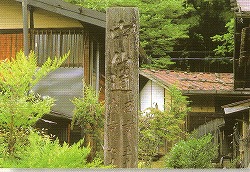 |
s@@@ @@@ @@@ @m [@@ @h[D@s @@@@@ @@hC@nC@@@@@PWWPD |
| 16 | Otsumago | ||
| Fujiwara Family House |
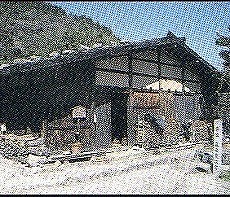 |
The Fujiwaras house is an old building of the mid-17th century. It was repaired the return cause in 1988. | |
| 17 | Kurashina-soreisha j@l @r |
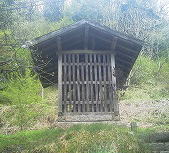 |
This is a memorial for the retainer Kurashina and some 30 servants, who
were all killed by local warrirs in 1586. Kurashina was a chief vassal of Matsumoto lord of a @nD s @ @@ @@`@R@ @ D |
| 18 | O-taki and Me-taki | 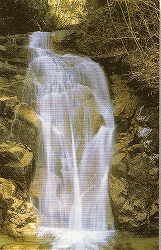 n 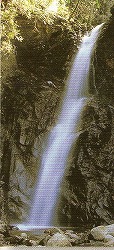 l |
s
@
@
@@
@@@@@
@
@@
@l@l@@d@xD s @j@ @@@ @ @ @ @@ @@@@ @@ D |
| 19 | Ichikokutochi - shirakiaratame-bansho ato | 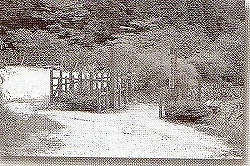 |
This was an inspection station to Prevent the prohibitted transportation of the five most important trees of this region including hinoki or Japanese cypress and other trees. The inspection station was originally in a different place and transferred here in 1749, in operation until 1869. There was also a rest house to have a rest between post towns. |
| Koyasu Kannon |
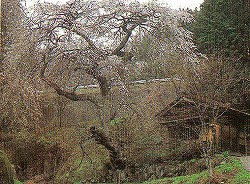 |
It is said that villages around here have never had difficult births thanks
to this deity of mercy. Many people visit here to pray for easy births. |
|
| 20 | Magome-toge (The Magome Pass) |
||
| 21 |
Magome | ||